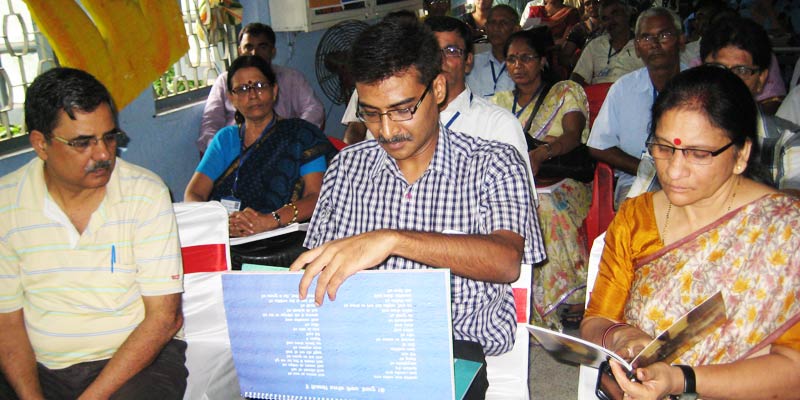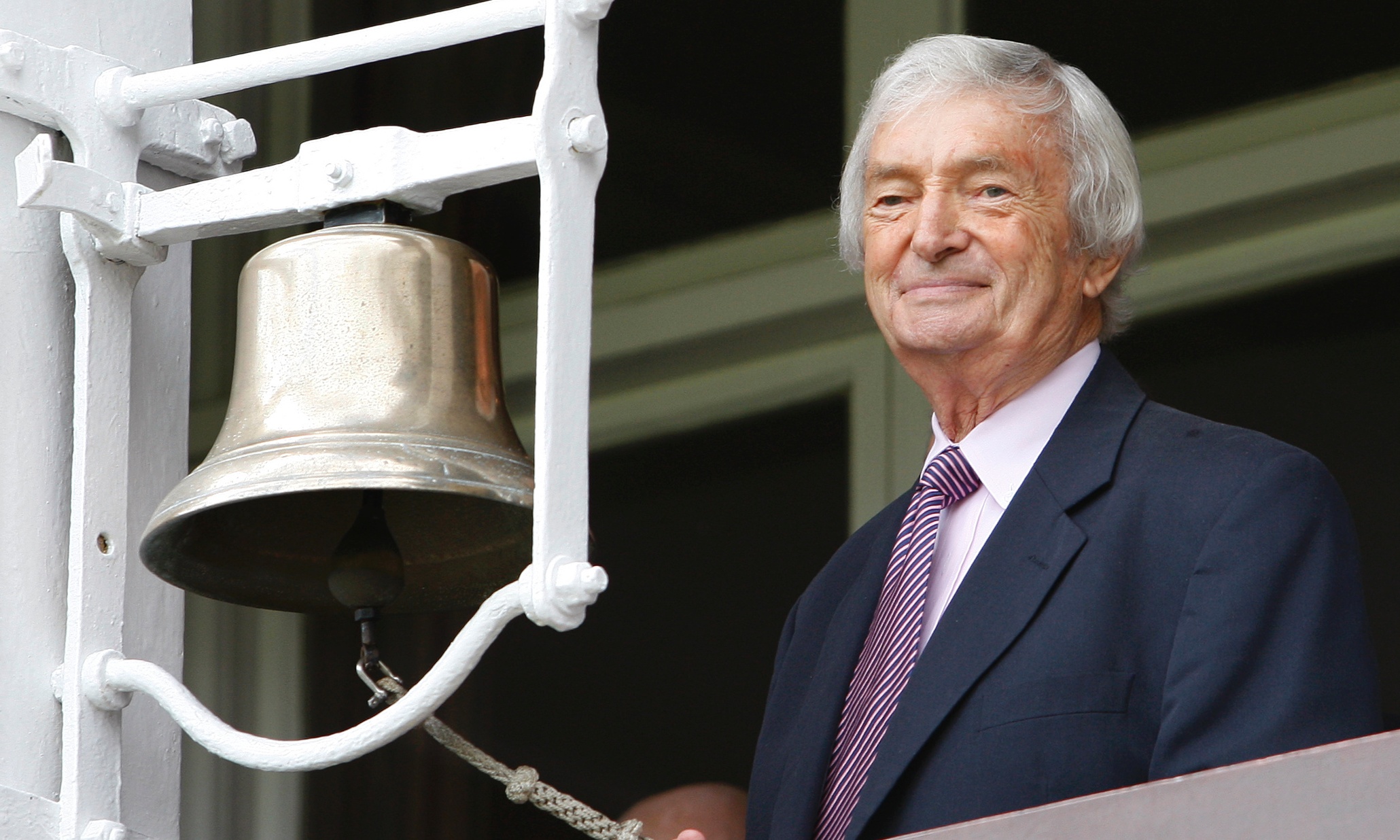India needs qualified teachers – As many as thirty seven thousand out of seven lakhs teachers who took the Central Teacher Eligibility Test (CTET) flunked it, posing a question to the future of education in the country.
As many as thirty seven thousand out of seven lakh teachers who took the Central Teacher Eligibility Test (CTET) cleared it, posing a question to the future of education in the country.
The CTET was introduced in accordance with the provision of Section 23 of the Right To Education (RTE) Act in the year 2011.
Launched by the National Council For Teacher’s Education (NCTE), CTET is the minimum requirement for a candidate to pursue teaching as a profession in India. As per the regulations made by the NCTE, a candidate who wishes to teach in a Central government school must clear the CTET. States can recruit teachers through CTET or their own tests. Most schools (private or government) prefer the CTET for appointing their teaching faculty.
As much as 95% of teachers flunking the test is highly disappointing, not to forget the improvement this test has seen from the previous results.
Earlier this year 98% of the candidates had failed to display the minimum eligibility to become teachers. Paper-I has been declared a compulsory eligibility for they who wish to teach in primary section and paper-II for those interested in teaching standard 6th to 8th.
The Central Board of Secondary Education (CBSE) released the results last week which showed 11.95% of candidates who appeared for paper- I cleared it, while 2.8% who wrote paper-II passed. The test was set as a minimum qualification for a person to be eligible for appointment as a teacher, as that would bring a rise in national standards of education, and set a benchmark of teacher quality in the recruitment process. Apart from that it would also improve performance standards of teachers and students and would send a positive sign to those who wish to invest in the education sector.
According to a report suggested by UNESCO, the ideal teacher-pupil ratio should be 1:30; which means that we might need to enrol more than 15,00,000 teachers in the academic curriculum, by the end of 2015. An acute deficit is observed, when it comes to skilled and qualified teachers in schools. The current scenario not only disappoints us, but also puts a question to whether or not will the educational inequity end, and when even if it does.





